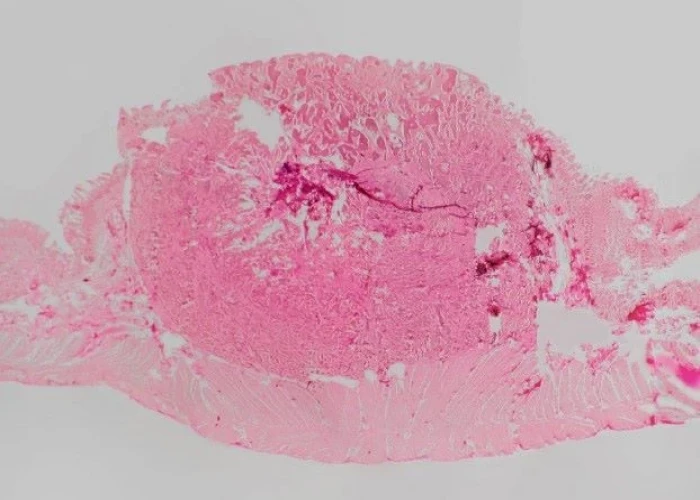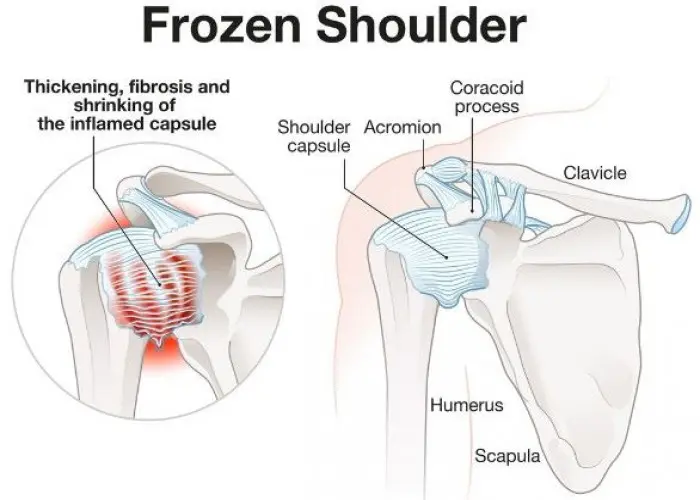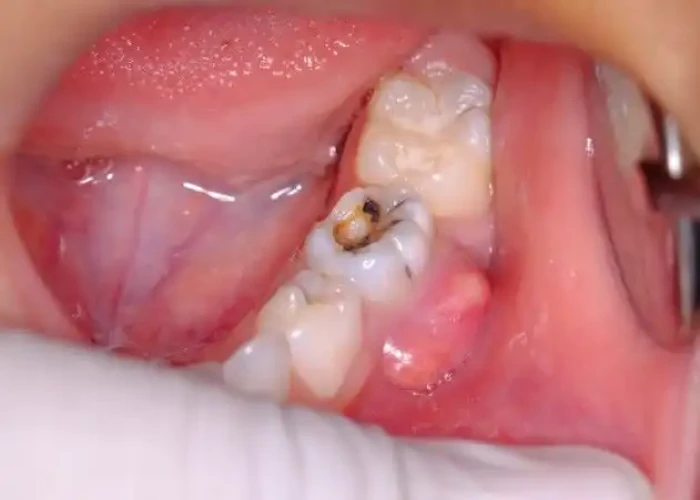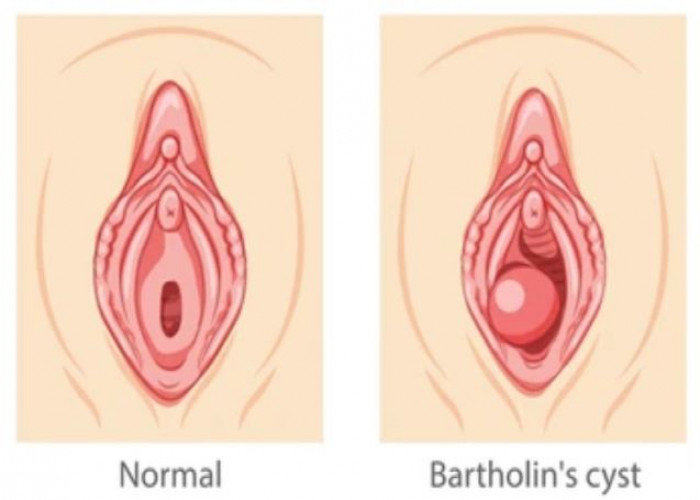 Welcome
Welcome
“May all be happy, may all be healed, may all be at peace and may no one ever suffer."
Bartholin's cyst

A Bartholin's cyst is a fluid-filled sac that develops in one of the Bartholin's glands, which are located on either side of the vaginal opening. The cyst may develop if the gland becomes blocked, leading to a buildup of fluid. Bartholin's cysts can range in size from small and painless to large and uncomfortable. Symptoms may include pain, swelling, redness, and discomfort during sex or walking. Treatment options may include warm compresses, sitz baths, or drainage of the cyst. In some cases, antibiotics or other medications may be prescribed. Surgical removal of the cyst may be necessary if it is large, recurrent, or causing significant discomfort or infection. It is important to consult with a healthcare professional if you are experiencing symptoms of a Bartholin's cyst.
Research Papers
Disease Signs and Symptoms
- A tender, painful lump near the vaginal opening
- Pelvic pain during intercourse
- Fever
- Vagina lump
- Vaginal pain or burning
Disease Causes
Bartholin's cyst
Experts believe that the cause of a Bartholin's cyst is a backup of fluid. Fluid may accumulate when the opening of the gland (duct) becomes obstructed, perhaps caused by infection or injury.
A Bartholin's cyst can become infected, forming an abscess. A number of bacteria may cause the infection, including Escherichia coli (E. coli) and bacteria that cause sexually transmitted infections such as gonorrhea and chlamydia.
Disease Prevents
Bartholin's cyst
There's no way to prevent a Bartholin's cyst. However, safer sex practices — in particular, using condoms — and good hygiene habits may help to prevent infection of a cyst and the formation of an abscess.
Disease Treatments
Often a Bartholin's cyst requires no treatment — especially if the cyst causes no signs or symptoms. When needed, treatment depends on the size of the cyst, your discomfort level and whether it's infected, which can result in an abscess.
Treatment options your doctor may recommend include:
- Sitz baths. Soaking in a tub filled with a few inches of warm water (sitz bath) several times a day for three or four days may help a small, infected cyst to rupture and drain on its own.
- Surgical drainage. You may need surgery to drain a cyst that's infected or very large. Drainage of a cyst can be done using local anesthesia or sedation.
- For the procedure, your doctor makes a small incision in the cyst, allows it to drain, and then places a small rubber tube (catheter) in the incision. The catheter stays in place for up to six weeks to keep the incision open and allow complete drainage.
- Antibiotics. Your doctor may prescribe an antibiotic if your cyst is infected or if testing reveals that you have a sexually transmitted infection. But if the abscess is drained properly, you may not need antibiotics.
- Marsupialization. If cysts recur or bother you, a marsupialization (mahr-soo-pee-ul-ih-ZAY-shun) procedure may help. Your doctor places stitches on each side of a drainage incision to create a permanent opening less than 1/4-inch (about 6-millimeter) long. An inserted catheter may be placed to promote drainage for a few days after the procedure and to help prevent recurrence.
Rarely, for persistent cysts that aren't effectively treated by the above procedures, your doctor may recommend surgery to remove the Bartholin's gland. Surgical removal is usually done in a hospital under general anesthesia. Surgical removal of the gland carries a greater risk of bleeding or complications after the procedure.
Disease Diagnoses
Disease Allopathic Generics
Disease Ayurvedic Generics
Disease Homeopathic Generics
Disease yoga
Bartholin's cyst and Learn More about Diseases

Neuroendocrine tumors

Stress incontinence

Precocious puberty

Zollinger-Ellison syndrome

Frozen shoulder

Rectal prolapse

Growing pains

Tooth abscess
Bartholin's cyst, Bartholin gland,Bartholin cyst treatment, বার্থলিনস সিস্ট
To be happy, beautiful, healthy, wealthy, hale and long-lived stay with DM3S.
